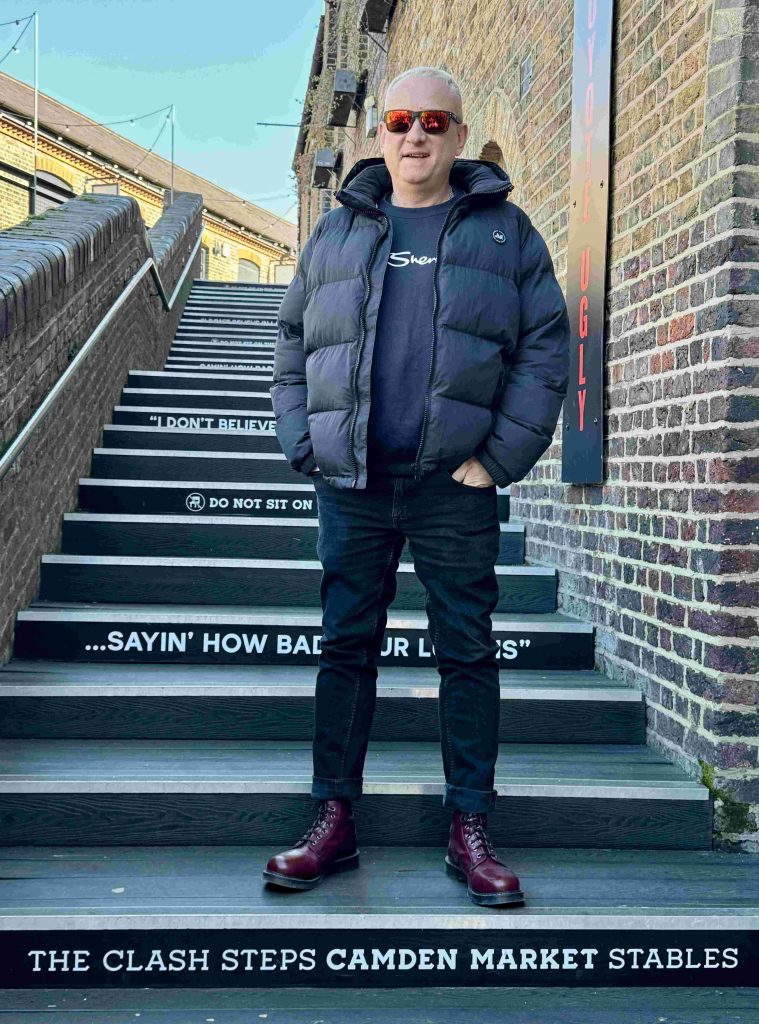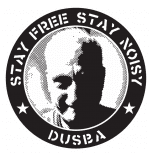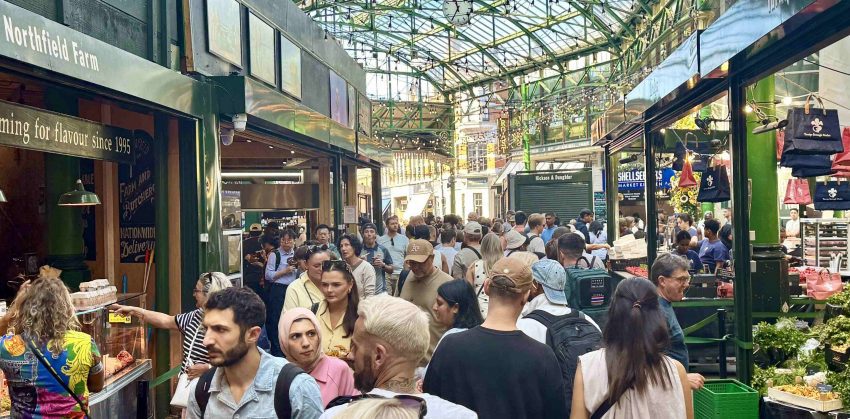From the punk energy of Camden, through the gourmet paradise of Borough Market, to the vintage elegance of Portobello Road and the fishy chaos of Billingsgate — each of these markets offers a unique experience that reflects the city’s history, culture, and contemporary rhythm.
Camden Market
Regent’s Canal, built in the 19th century, once served as a vital trade artery. Camden Lock (a navigation lock) was a key hub for transporting goods. When water transport declined, the warehouses were abandoned. Today’s market also includes a former stable complex for the horses that pulled goods along the canal — including a horse hospital that treated over 800 animals annually. Over the following decades, the empty halls were rented out by various companies, mostly for storage.
That remained the case until the early 1970s, when Bill Fulford, Peter Wheeler, and Rupert Blanchard rented an old builder’s yard near Regent’s Canal from the T. E. Dingwall company and opened the first craft market with just 16 stalls. They sold jewellery, antiques, and handmade items. This marked the beginning of a new era — not just for the old warehouses, but for the entire Camden Town district. In the second half of the 1970s, with the explosion of punk, alternative culture flooded into the abandoned spaces. The Clash rented one of the warehouses from British Rail as a rehearsal studio, which they named Rehearsal Rehearsals (today the building houses the rave shop Cyberdog). Just opposite the main entrance — now dominated by two giant silver statues — The Clash posed for the cover of their self-titled debut album, released in 1977. The spot is now commemorated as The Clash Steps.
From just sixteen stalls, Camden Market has grown into a massive destination visited by around 40,000 people daily, and up to 100,000 on weekends. You’ll find hundreds of shops, mostly selling vintage and second-hand clothing, goth, punk, and alternative fashion. You can have your own perfume blended, buy graffiti art, or sip locally made Camden gin — and there’s no shortage of street food from around the world. The main square is crowned by a bronze statue of singer Amy Winehouse. If you’re looking to soak up a less polished, more alternative side of London, Camden Market is a must.
TIP: Camden Market is best visited on weekdays, when the crowds are thinner than on weekends. And if you’re hungry, local food vendors are happy to offer samples of their culinary creations. Just keep tasting — after a few stops, you’ll be full from a mix of global cuisines. You can wash it all down with a pint of local Camden Hell lager.
Borough Market
The first mentions of this market date back to the year 1014. It was moved to its current location near London Bridge station in the mid-18th century. The market is entirely focused on food. You’ll find everything from exotic fruits and vegetables to meat, olive oils, French cheeses, and handmade chocolate. Most products come from small farms that pride themselves on sustainable production. Vendors are always happy to share detailed stories about the origins of their goods.
When I bought a bottle of olive oil, for example, I learned it came from a family farm in western Sicily, where the Bono family has been producing oil since 1934. The company was founded by Michele Bono, who passed it on to his son Vincenzo, and he in turn to his sons Michele, Damiano, Giuseppe, and Salvatore — who turned it into a globally recognized brand. I learned how many awards they’ve won, which olive varieties they grow, and much more. In short, at Borough Market — unlike in a supermarket — you buy products backed by the effort of entire generations.
Portobello Market
Another of London’s iconic markets, located in the Notting Hill district. It’s focused mainly on vintage fashion, porcelain, jewellery, books, antiques, and various trinkets. Of course, there’s also a rich offering of street food and fresh produce. Some items are unique to this market, such as the Notting Hill tote bag or the handmade Notting Hill jackets.
Portobello Market is especially popular with women. Personally, I was most impressed by a small boutique called Jessie Western, which offers original clothing and accessories inspired by the Wild West — including Native American garments like those worn by Winnetou. If you walk down Portobello Road from Notting Hill station, you might notice a modest blue house on the right. This is where writer George Orwell lived and worked. A blue plaque on the façade marks the spot. On Blenheim Crescent, a street that intersects Portobello Road, you’ll find the Notting Hill Bookshop, made famous by the film Notting Hill starring Hugh Grant and Julia Roberts. Nearby, there used to be a legendary mural dedicated to Joe Strummer, who lived in the area — though sadly, it no longer exists.
Billingsgate Market
As someone who loves fish markets, and having visited the legendary Tsukiji in Tokyo — where they sliced giant tuna with motorized saws — and Sydney Fish Market, where my friend and I settled into one of the many seafood restaurants after discovering they had a fridge full of beer from the Czech town of Louny, I can’t leave out London’s Billingsgate Market.
Its history dates back to the 14th century, when fish were traded directly from boats on the Thames. In 1699, the market was officially declared “free and open” for all types of fish, making it a key hub for supplying London with seafood. In 1877, the iconic building on Lower Thames Street was opened, designed by architect Horace Jones, also known for Tower Bridge. The market operated there until 1982, when it moved to more modern facilities in Docklands due to increasing traffic.
Today, Billingsgate sells tens of tons of fish and seafood daily. The offering includes more than 140 species — from salmon to sea urchins. The market is open not only to wholesalers but also to the public. Billingsgate is also famous for its coarse and unfiltered language, to the point that its name became synonymous with vulgar speech in English. “Billingsgate language” means something between a fisherman’s rap and a verbal boxing match. The atmosphere is more refined now, but the spirit remains. If you don’t mind getting up at four in the morning and walking through a hall full of ice, shouting, and the smell of fish, you’re in for a unique experience.
NOTE: The City of London Corporation recently voted to withdraw its support for the Billingsgate and Smithfield markets. This symbolically marks the end of two historic trading sites that have been part of London’s market scene for over 800 years. The decision, made by the Corporation as the owner of both markets, followed a lengthy debate about their long-term viability. The idea of closure has surfaced repeatedly over the past century. Now the verdict is final — closure could come as early as 2028, so don’t wait too long to visit.
www.billingsgate-market.org.uk

Camden market – The Clash steps


